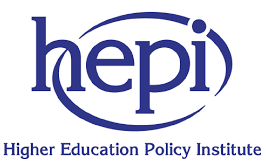Recently, I visited a Chinese restaurant in The Netherlands. As usual, we ordered a 7-dish smorgasbord of carbs and protein alongside a guiltily ordered vegetable dish. Upon ordering, the waiter explained that we had ordered way too much and recommended that we minimise our order to only 3 dishes. We thanked him and very much enjoyed the meal before tipping generously.
It’s rare to receive selfless advice from someone whose job it is to sell. Our jobs in HEIs are not to sell, but to educate, so why do we continue to insist that consumers buy the full product, when in fact they may only need a portion of the offer?
But do we offer smaller portions in higher education? Of course we do, but we de-value them as consolation prizes; e.g. the ‘could just about write their name’ attitude that surrounds Undergraduate Certificates, Certificates of Higher Education, or even Diplomas of Higher Education at Level 5. However, for many students these are good outcomes that can recognise learning at Levels, 3, 4 and 5 and provide indication of ability and competence for potential employers. These are incredibly powerful when mapped alongside industry-recognised qualifications from accreditation bodies, and even more so when they map to Institute for Apprenticeships and Technical Education IfATE standards.
These are our potential products; therefore, it is our responsibility to promote their value to potential students rather than measure their value against archaic and elitist academic standards. However, as per Marginson (2024) our aspirations are continually fixated on the notion that a university degree is the only true route to educational transformation due to its long-term immersion in knowledge. This obsession also fixes expectations at the upper end of practicality for many who enter higher education, especially from challenging backgrounds.

